Canon PowerShot SX280 HS review
Pocket ultra-zoom cameras make great travel companions, so we're happy to see GPS and Wi-Fi built into the Canon SX280 HS. GPS means you can see exactly where you were when you took a photo, and Wi-Fi lets you upload to a smartphone and onwards to social media from virtually anywhere in the world.
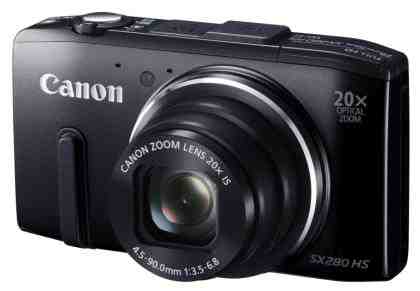
The Wi-Fi implementation could be better. It's purely for transferring photos and videos, with no remote control facilities. Initial configuration with our Nexus 4 smartphone was a pain, with the phone generating a new Wi-Fi password for us to type in after each failed attempt to get them to communicate. We got there eventually through grim perseverance. It worked first time with an iPad, though, and browsing and transferring photos and videos was straightforward in both the Android and iOS app. Wireless transfers to a PC were easy, with direct access to the card contents from My Computer. If Wi-Fi and GPS don't hold much appeal, go for the SX270 HS instead, which costs around £202 including VAT.
The two cameras are otherwise identical, with 20x zooms, 12-megapixel sensors, full manual exposure control and 1080p video recording at up to 60fps. Battery life isn't so impressive, though, rated at 210 shots – expect fewer when GPS and Wi-Fi are enabled. Additional batteries cost £23 from Amazon.
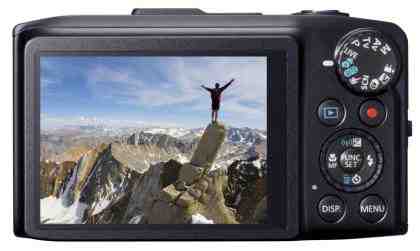
The metal construction feels reassuringly solid, and the ridge on the front provides some purchase for one-handed operation. Canon hasn't changed its menu system for years, and with good reason. Pressing the Func Set button reveals the most commonly used settings as a strip of icons on the left side of the screen, while others are available in the main menu. There's a mode dial and rear wheel for quick access to exposure controls. The amount of control is unusually high, with features such as manual focus and flash exposure compensation. The lack of a movable autofocus point is frustrating, though. There's a choice of automatic, centre or tracking, but being able to place the autofocus point to one side would have made it easier to compose shots more artistically.
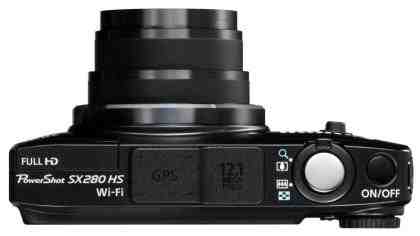
Canon's latest Digic 6 processor is on board, but while performance has improved over last year's SX260 HS , it still lags behind the competition. We measured 1.6 seconds between shots in normal use, which isn't a disaster, but rival cameras from Panasonic and Sony are twice as fast. Faster cameras make it easier to rattle of a handful of shots to insure against camera shake, autofocus problems and blinking subjects. One solution is to leave the Canon permanently in continuous mode with updating autofocus, where it managed a shot every second, although it doesn't show photos immediately after capture in this mode. It was much faster when autofocus was fixed for the burst of shots, capturing indefinitely at 3fps. There's also a scene preset that shoots seven frames at 15fps, and can repeat the trick three seconds later.
VIDEO QUALITY
The video mode is a real show-stopper, with a choice of 30 or 60fps frame rates and picture quality that's among the highest we've ever seen. Details were exceptionally sharp and precise, and noise reduction cleaned the picture up a treat in very low light. The soundtrack was detailed too, although the zoom motor was picked up by the microphone. The optical stabilisation did a fine job of smoothing out shakes in handheld telephoto shots.
Videos are packed with detail, and the stabilisation works well at the long end of the zoom
60fps videos are encoded at 34Mbit/s, which avoids compression artefacts but limits recording times to around 17 minutes before the 4GB file size limit strikes; 30fps recording is more practical (not least because YouTube converts 60fps to 30fps anyway), giving 25-minute recordings. Neither mode has a countdown to warn when it's about to stop, though. The camera got pretty hot when recording for long periods, and the battery indicator started blinking, but it went back up to full once the camera had cooled down. It's not a disaster, but a second battery is probably a necessity rather than a luxury if you plan to record lots of videos.
IMAGE QUALITY
The SX280 HS put in a stellar performance in our photo tests, too. Noise was unobtrusive up to ISO 800, and although noise reduction softened details at ISO 1600 and 3200, there was remarkably little visible grain. Focus was sharp throughout the zoom range, and the JPEG processing did a superb job of picking out fine details. There was some evidence of chromatic aberrations in telephoto shots, though; it's disappointing that the powerful Digic 6 processor hasn't been charged with the task of correcting for these digitally. Still, it's just a small dent in an otherwise outstanding performance.
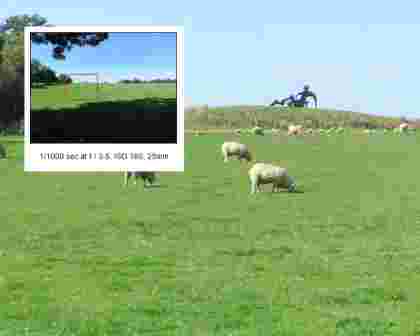
There's very little evidence of smeary noise reduction in bright light, and details in this wide-angle shot are pin sharp
Focus is pretty good at the other end of the zoom too, although the edges of the sculpture are slightly discoloured - that'll be the chromatic aberrations
There's not much fine detail but this is a superb result for an ISO 3200 shot from an ultra-zoom camera
Ultimately, this isn't a huge update to last year's Canon PowerShot SX260 HS , which is now available for around £160 including VAT. Image and video quality are largely indistinguishable but the SX260 HS is a little slower and lacks 60fps video capture and Wi-Fi. We'd have liked a bigger battery and faster performance from the Canon SX280 HS, but even so, this is the best pocket ultra-zoom camera currently available.
Basic Specifications | |
|---|---|
| Rating | ***** |
| CCD effective megapixels | 12.0 megapixels |
| CCD size | 1/2.3in |
| Viewfinder | none |
| Viewfinder magnification, coverage | N/A |
| LCD screen size | 3.0in |
| LCD screen resolution | 461,000 pixels |
| Articulated screen | No |
| Live view | Yes |
| Optical zoom | 20.0x |
| Zoom 35mm equivalent | 25-500mm |
| Image stabilisation | optical, lens based |
| Maximum image resolution | 4,000x3,000 |
| File formats | JPEG; MP4 (AVC) |
Physical | |
| Memory slot | SDXC |
| Mermory supplied | none |
| Battery type | Li-ion |
| Battery Life (tested) | 210 shots |
| Connectivity | USB, AV, mini HDMI, Wi-Fi |
| Body material | aluminium |
| Lens mount | N/A |
| Focal length multiplier | N/A |
| Kit lens model name | N/A |
| Accessories | USB cable |
| Weight | 233g |
| Size | 63x107x33mm |
Buying Information | |
| Warranty | one year RTB |
| Price | £229 |
| Supplier | http://www.amazon.co.uk |
| Details | www.canon.co.uk |
Camera Controls | |
| Exposure modes | program, shutter priority, aperture priority, manual |
| Shutter speed | 15 to 1/3,200 seconds |
| Aperture range | f/3.5-8 (wide), f/6.8-8 (tele) |
| ISO range (at full resolution) | 80 to 6400 |
| Exposure compensation | +/-2 EV |
| White balance | auto, 6 presets, manual |
| Additional image controls | contrast, saturation, sharpness, red, green, blue, skin tone, i.Contrast |
| Manual focus | Yes |
| Closest macro focus | 5cm |
| Auto-focus modes | multi/face detect, centre, tracking |
| Metering modes | multi, centre-weighted, centre, face detect |
| Flash | auto, forced, suppressed, slow synchro, red-eye reduction |
| Drive modes | single, continuous, self-timer |

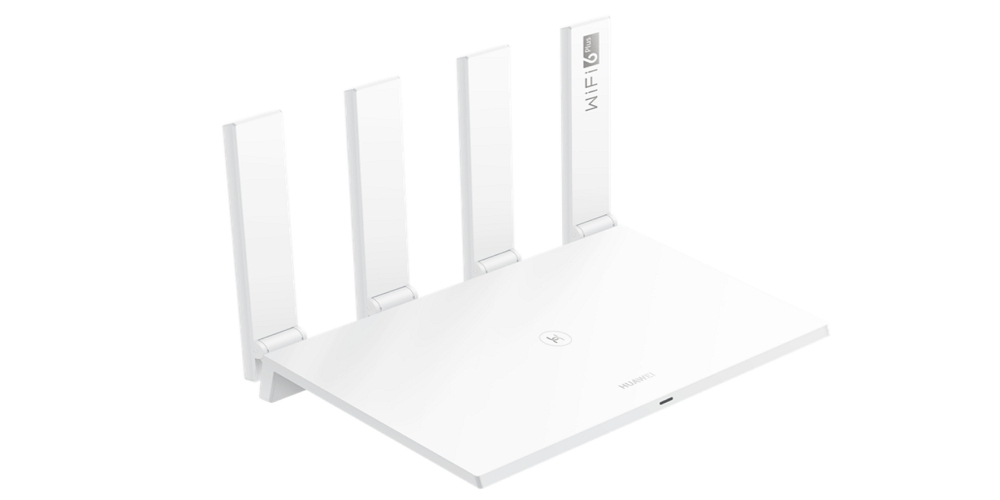
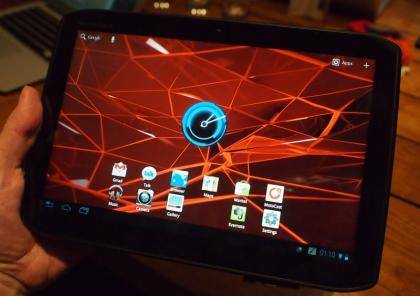
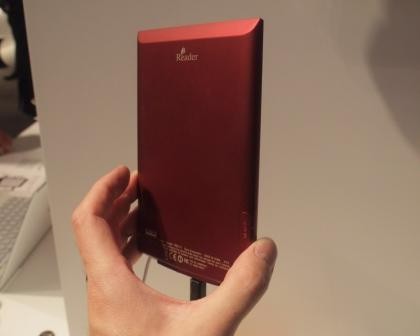
Leave a Comment